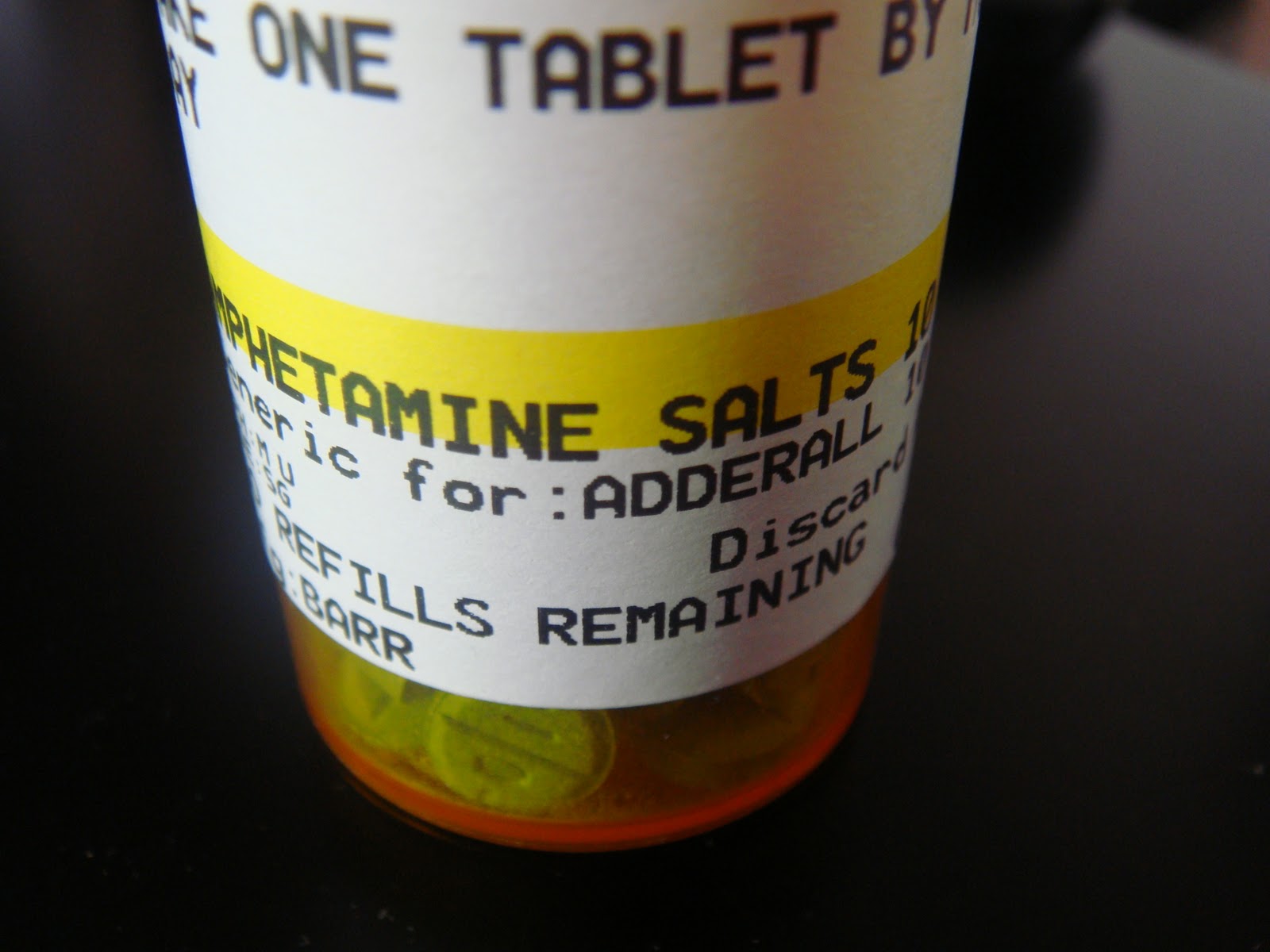

No evidence-based treatment for withdrawal though bupropion has limited data in stimulant-withdrawal dysphoria.Withdrawal will peak within 1-2 days, and resolve within 1-3 weeks.Symptoms: dysphoria, anhedonia, fatigue, vivid dreams, insomnia, hypersomnia, agitation, anxiety, cravings, appetite changes.In patients who use stimulants, abrupt discontinuation or decreased use can cause withdrawal syndrome, usually within hours. Retiform purpura and leukocytoclastic vasculitis with cutaneous necrosis are also linked to levamisole. Can cause life-threatening agranulocytosis and leukoencephalopathy. Increasingly used as a cocaine adulterant. Levamisole: antihelminthic drug mostly used in veterinary medicine.Severe abdominal pain may necessitate immediate laparotomy to prevent bowel ischemia from local vasoconstriction. Drug packet ingestion (“body packing” or “body stuffing”): decontamination via whole bowel irrigation may be indicated (consult Poison Control, gastroenterology).Antipyretics have no role, as increased body temperature in stimulant intoxication is from muscle activity rather than alteration in hypothalamic set point.Neuroleptics can interfere with heat dissipation caution using these medications.Severe cases will require paralysis and mechanical ventilation. Hyperthermia: manage aggressively (See Drug-Induced Hyperthermia section) can lead to death.If status epilepticus, consider other causes, including absorption from broken bag or packet of drug in GI tract. Consider antipsychotic drugs such as haloperidol or olanzapine, though caution in patients with hyperthermia and QTc prolongation. Agitation and psychosis: benzodiazepines PRN may require high doses.

Avoid sole use of beta-blockers because of the concern for unopposed alpha-stimulation (controversial). If refractory, treat as any other malignant hypertension. Hypertension: try benzodiazepines for sedative effects.Ventricular tachycardia: follow ACLS additionally, bolus bicarbonate to counteract direct action of cocaine on Na+ channels.Calcium channel blockers are safe to use (e.g., diltiazem). Supraventricular tachycardia: treat as you would in other etiologies (see cardiology SVT section).Cocaine-induced QRS prolongation: rare, due Na+ channel blockade.Non-depolarizing agents (rocuronium, vecuronium) are preferred. Succinylcholine is a relative contraindication as it can worsen rhabdomyolysis-mediated hyperkalemia.ABCs, vital signs (including rectal temperature) and telemetry.Start with benzodiazepines IV PRN can escalate to antipsychotics as needed when benzodiazepines do not control agitation. In general, many effects, including agitation, tachycardia and hypertension, are mediated by CNS stimulatory effects and will respond to sedatives. Depending on presentation, troponin, ECG, CXR, and non-contrast head CT (if suspected cerebral hemorrhage).Urine toxicology is generally reliable for cocaine less useful for amphetamines because many false positives and false negatives (amphetamine derivatives and analogs).If diagnosis unclear, consider TFTs and obtain detailed medication history. BMP, CK, lactate, LFTs, coagulation studies, and urinalysis (look for myoglobin).Differential diagnosis: other adrenergic toxidromes, neuroleptic malignant syndrome, serotonin syndrome, thyroid storm, intracranial hemorrhage.Systemic: hyperthermia is common and can be life threatening, rhabdomyolysis.Renal: renal failure secondary to renovascular spasm/shock/rhabdomyolysis with myoglobinuria.Pulmonary: hemorrhagic alveolitis, barotrauma (pneumothorax or pneumomediastinum) from deep inhalation.Cocaine also causes cardiac conduction defect (wide QRS interval) similar to TCAs. See also Cardiology: Cocaine-induced chest pain. Cardiac: hypertension, tachycardia, arrhythmias, coronary vasospasm/thrombosis, MI (even without underlying coronary artery disease), aortic dissection.Neuropsychiatric: severe agitated delirium, mydriasis, agitation, delirium, psychosis, rigidity, brief seizures, intracranial hemorrhage/CVA.Cocaine: similar to amphetamines in addition, it is a local anesthetic with sodium-channel blocking effects similar to TCAs.Amphetamines: CNS stimulation and sympathetic stimulation via inhibition of catecholamine reuptake and stimulation of monoamine release.


 0 kommentar(er)
0 kommentar(er)
